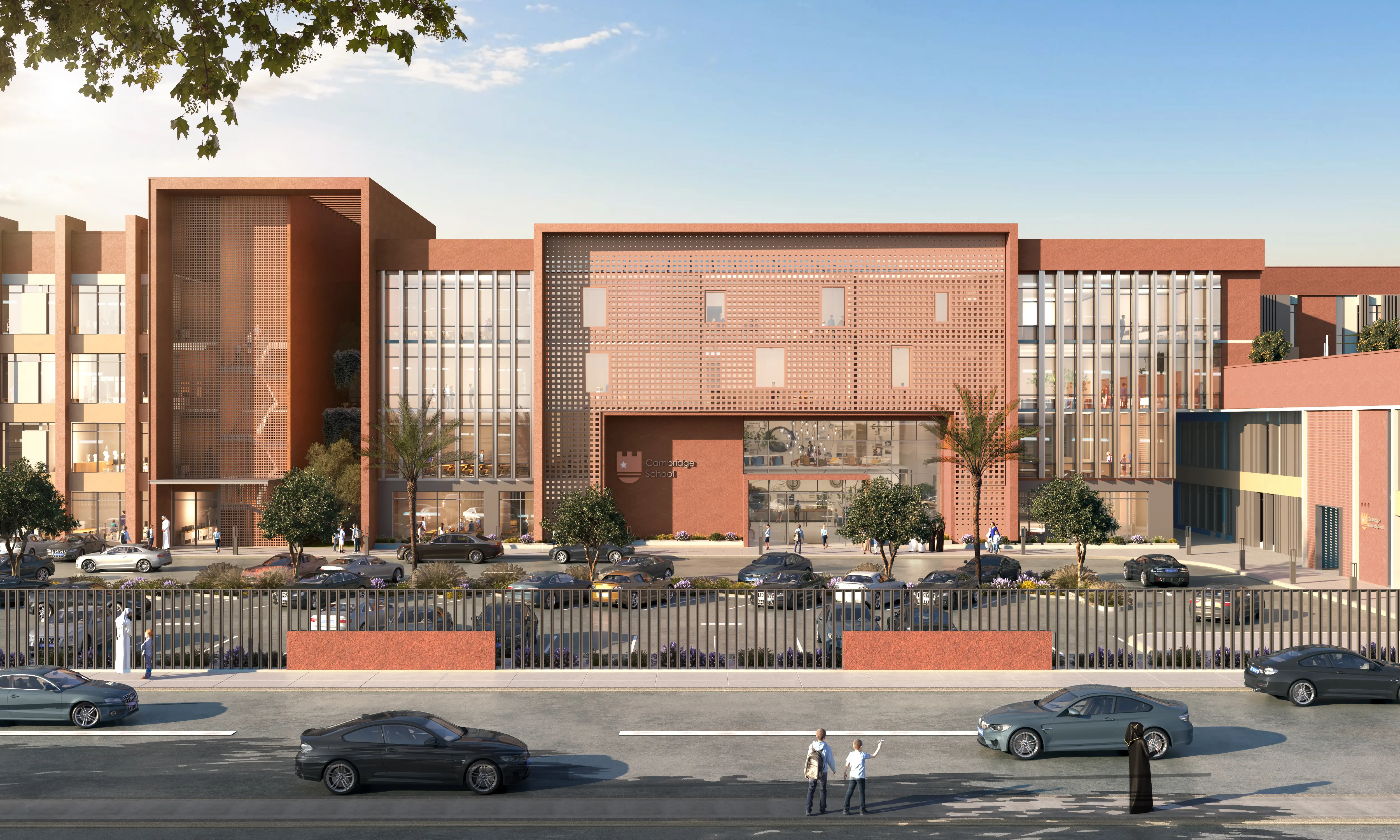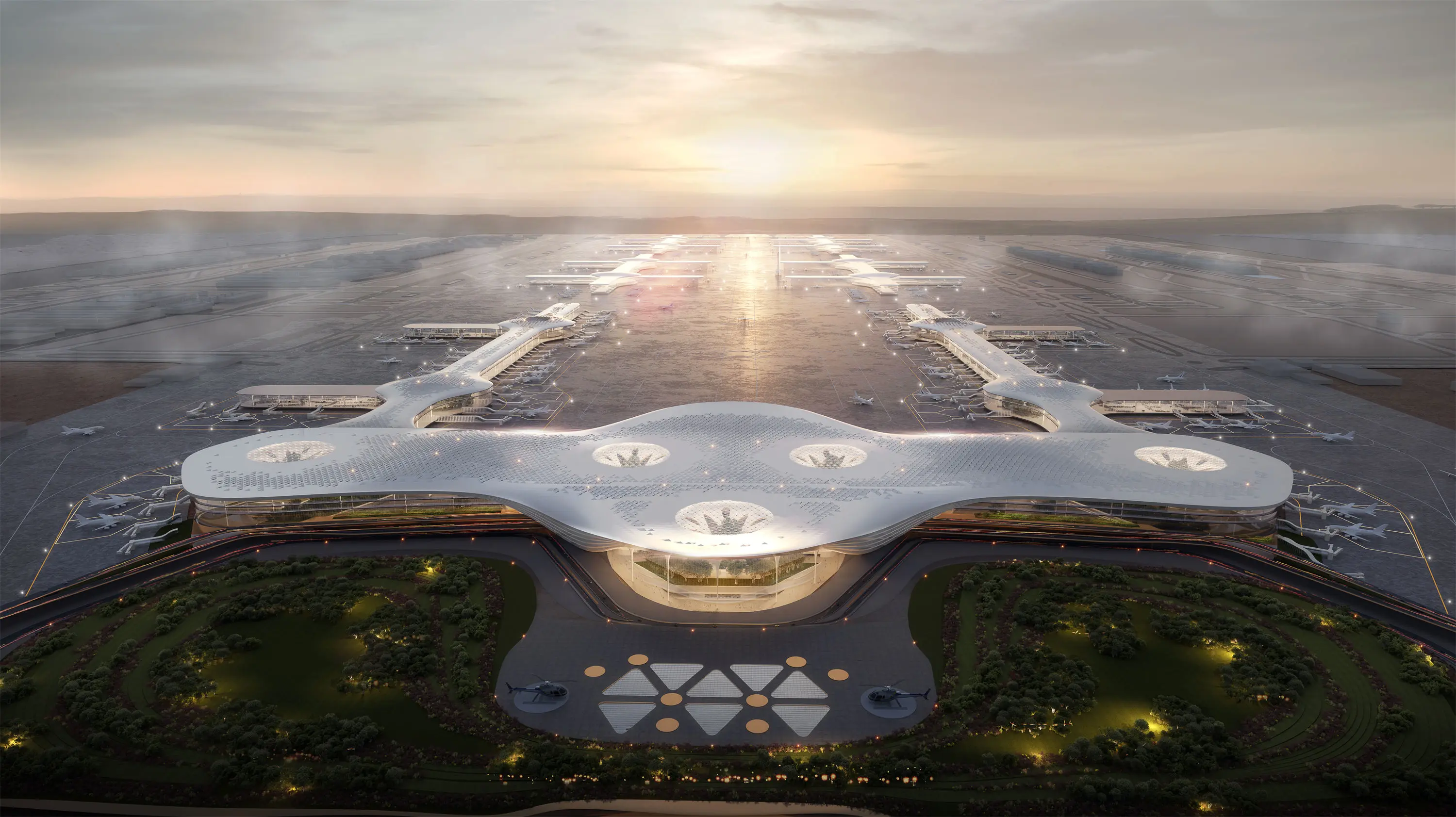What are the material considerations for architectural models?
In the process of creating architectural models, the selection of materials is by no means a simple purchase of supplies, but a systematic project that requires a comprehensive consideration of multiple factors. Behind this lies a profound understanding of architectural concepts and a precise grasp of actual needs.
From the perspective of project attributes and functional positioning, architectural models for different purposes have completely different requirements for materials. The models used for display, such as the sand tables in real estatesales centers and architectural exhibits in exhibition halls, need to have excellent visual effects to attract the audience's attention and convey the Design highlights. Therefore, acrylic sheets are often chosen to create a transparent glass curtain wall effect, artificial grass paper is used to simulate realistic green landscapes, and LED light strips are combined to create a vivid light and shadow atmosphere. Research-oriented models, on the other hand, focus on simulating building structures, spatial relationships or physical properties, and have strict requirements for the mechanical properties and light transmittance of materials. Materials such as ABS engineering plastics, metal frames, and transparent PC boards have thus become the preferred choices. As for conceptual models, they often place more emphasis on creative expression and encourage breaking conventions. Architects may choose materials such as metal wires, elastic fabrics, and waste paper to interpret design concepts with unique material languages.

Proportion, scale and detail accuracy are also important factors influencing material selection. Due to their large size, large-scale models are suitable for representing macroscopic structures and spatial relationships. In terms of material selection, they can be relatively rough. Materials that are easy to cut and shape, such as foam boards and PVC boards, are very appropriate. For small-scale models, it is necessary to balance lightweight and the presentation of distinctive elements, and materials such as sticky notes and metal films are commonly used to distinguish them. Ultra-detailed models are often used in the restoration of ancient buildings or the display of precise components. Materials such as boxwood, optical glass, and thin copper sheets that can achieve fine processing are indispensable.
The differences in technical processes also restrict the selection of materials. When it comes to traditional handcrafting, materials that are easy to cut and bond, such as cardstock, wood, and ABS boards, are highly favored. When leveraging digital processing technologies such as 3D printing and laser cutting, materials like photosensitive resins and stainless steel plates that are compatible with the equipment can exert their advantages. The hybrid process can combine the characteristics of different materials to achieve a more ideal effect.
The cost budget and production cycle directly affect the final selection of materials. If it is a rapid model used for the initial presentation of a plan, low-cost materials such as foam boards and KT boards are usually selected. Even old express delivery boxes can be used for creation to quickly present the design concept. For mid-to-high-end display models, within the budget, materials such as acrylic and metal should be selected, and electronic devices should be used to enhance the quality. For models that need to be preserved for a long time, such as museum collections, it is necessary to invest in high-quality materials that are resistant to aging and deformation. Although the initial cost is relatively high, it is more cost-effective from the perspective of long-term maintenance.
In addition, the display environment of the model poses requirements for the durability of the materials. In a high-humidity environment, it is necessary to avoid using wood and paper materials and instead use PVC boards and aluminum alloys with good moisture-proof performance. In a strong light environment, it is necessary to choose UV-resistant acrylic and sun-resistant printed fabric. For high-frequency interactive scenarios, materials that are impact-resistant, environmentally friendly and non-toxic should be used to ensure the safety and durability of the model. Finally, the materials also carry cultural symbolic significance. By choosing local materials such as bamboo strips, clay, and red brick fragments, the regional cultural characteristics can be vividly demonstrated. The use of recycled plastics and bio-based materials can effectively convey the concept of sustainable development. Only by fully considering all the above factors can the most suitable materials be selected for the architectural model, making the model truly a perfect microcosm of architectural design.
LIGHTSis china top rendering company-architectural animation studio, 3d architectural rendering services architectural rendering animation, architecture maquette making.


